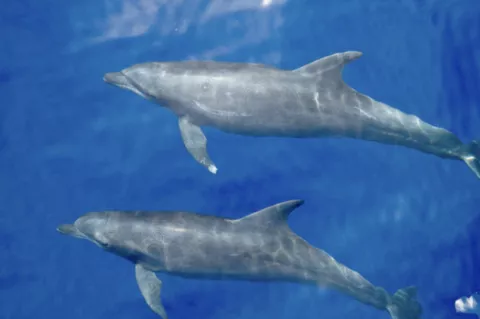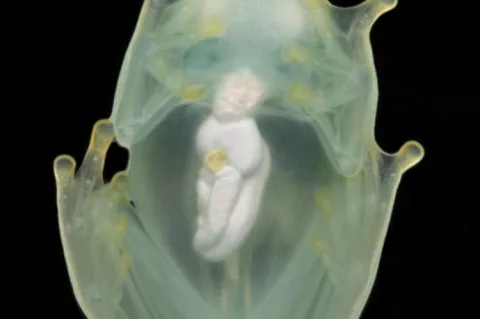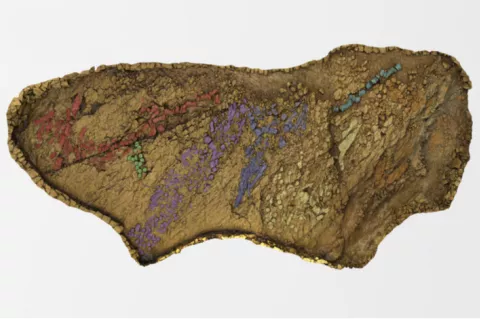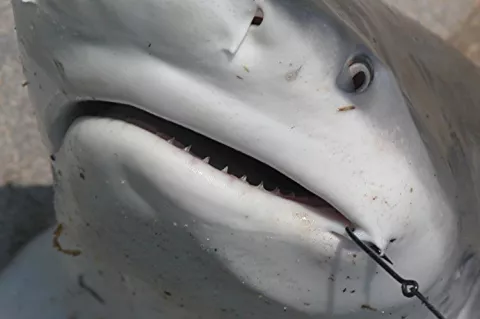New subspecies of bottlenose dolphin identified
A new bottlenose dolphin subspecies has been identified, and it is found only in the eastern tropical Pacific Ocean, according to a study published in the Journal of Mammalian Evolution.
Called the Eastern Tropical Pacific bottlenose dolphin (Tursiops truncatus nuuanu), it is smaller than other common bottlenose dolphins, and is likely to prefer the deep offshore waters between southern Baja California and the Galapagos Islands.





